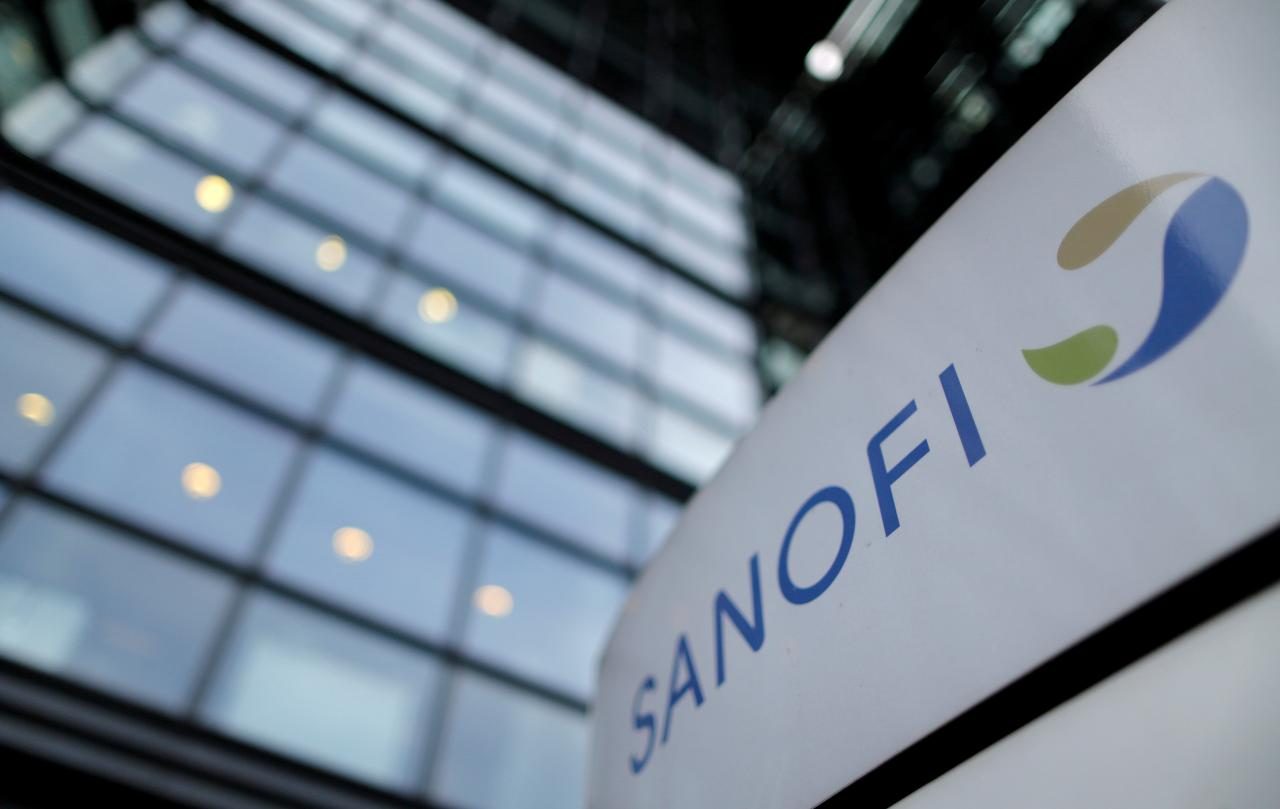Global investment firm Cathay Capital, which manages about 7 billion euros ($7.76 billion), has joined hands with French multinational pharmaceutical giant Sanofi to launch a new fund to invest approximately 2 billion yuan ($275.2 million) in clinical-stage innovative drugs in China.
The duo officially established the Sanofi-Cathay Pharmaceutical Innovation Fund to primarily invest in clinical-stage innovative pipeline drugs and relevant industry opportunities in China, they announced during a ceremony in Sanofi’s Shanghai office earlier this week.
The fund aims to help Chinese pharmaceutical companies “carve out the critical path from innovative drug R&D to commercialisation” and “accelerate their process of accessing local markets globally,” they said in a joint statement.
The new fund showcased Sanofi’s “long-term commitment” to supporting pharmaceutical innovations that benefit the wellbeing of the Chinese population, said Olivier Charmeil, Sanofi’s executive vice president.
“Leveraging our partnership with Cathay Capital, we will double down on our investment in Chinese innovations and continue to contribute to creating a pharmaceutical value chain to help boost the country’s industry transformation and upgrade,” said Charmeil.
The launch of the Sanofi-Cathay Pharmaceutical Innovation Fund “marks an important step in our efforts in promoting Chinese pharmaceutical innovations to be in the lead internationally,” said Cathay Capital’s founder, chairman & CEO Ming-Po Cai.
The fund is built on Cathay Capital’s existing cooperation with Sanofi, which made an investment in the firm’s multi-stage VC platform Cathay Innovation in 2020 to access healthcare innovations, particularly in China.
The latest fund came after Sanofi revealed in early December 2024 its plan to invest about 1 billion euros ($1.1 billion) to build a new insulin production base in Beijing, representing its biggest single investment in China to date.
Sanofi, which opened its first site in China in 1982, now runs 12 offices, three production facilities, and four R&D centres in the country.
Its net sales in China were close to 2.67 billion euros ($3 billion) in fiscal year 2024, accounting for 6.5% of the firm’s net sales globally. China was its second-largest market following the US, which contributed to almost 20 billion euros ($22.1 billion), or about 48.7% of the net sales last year.



